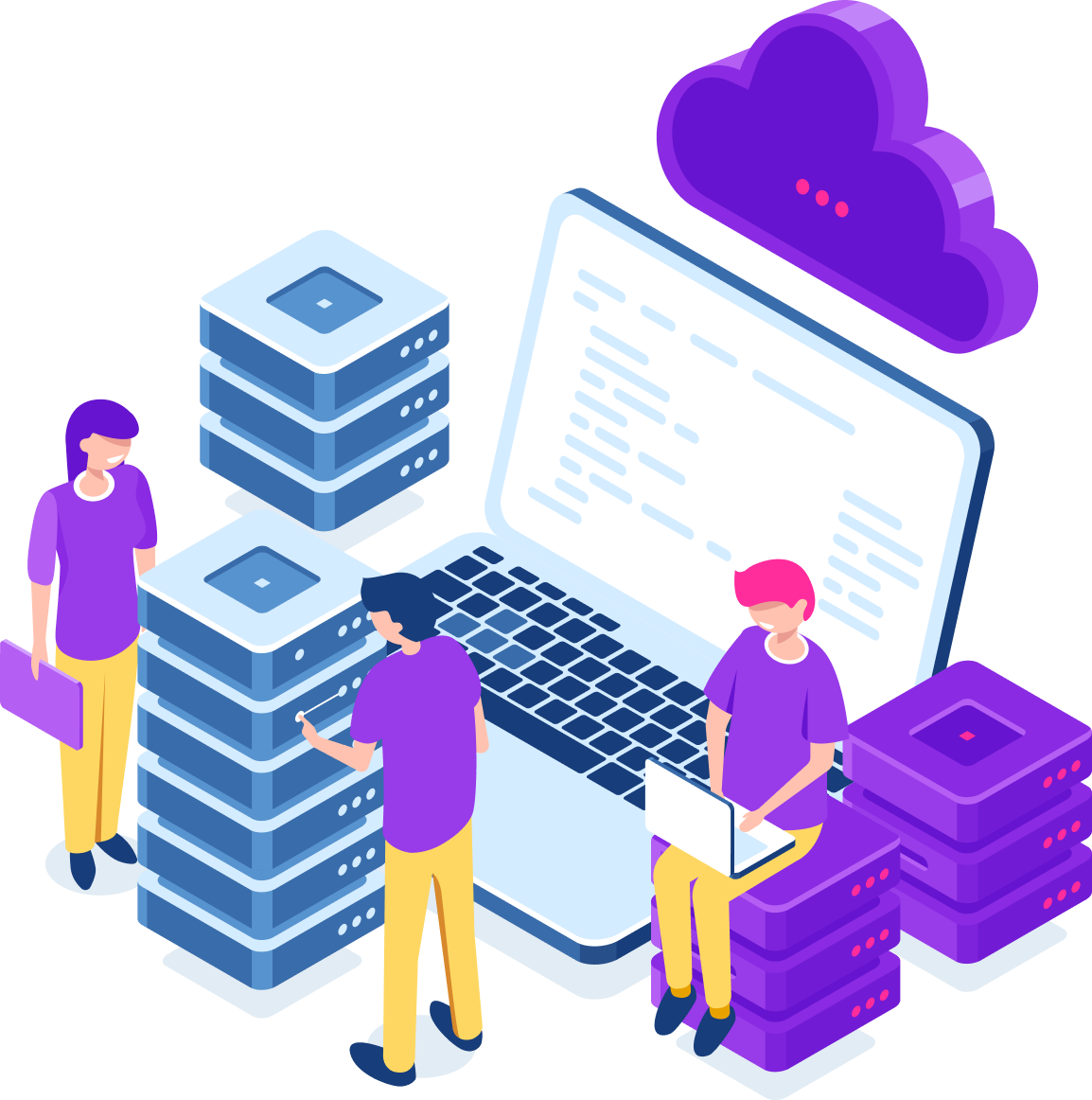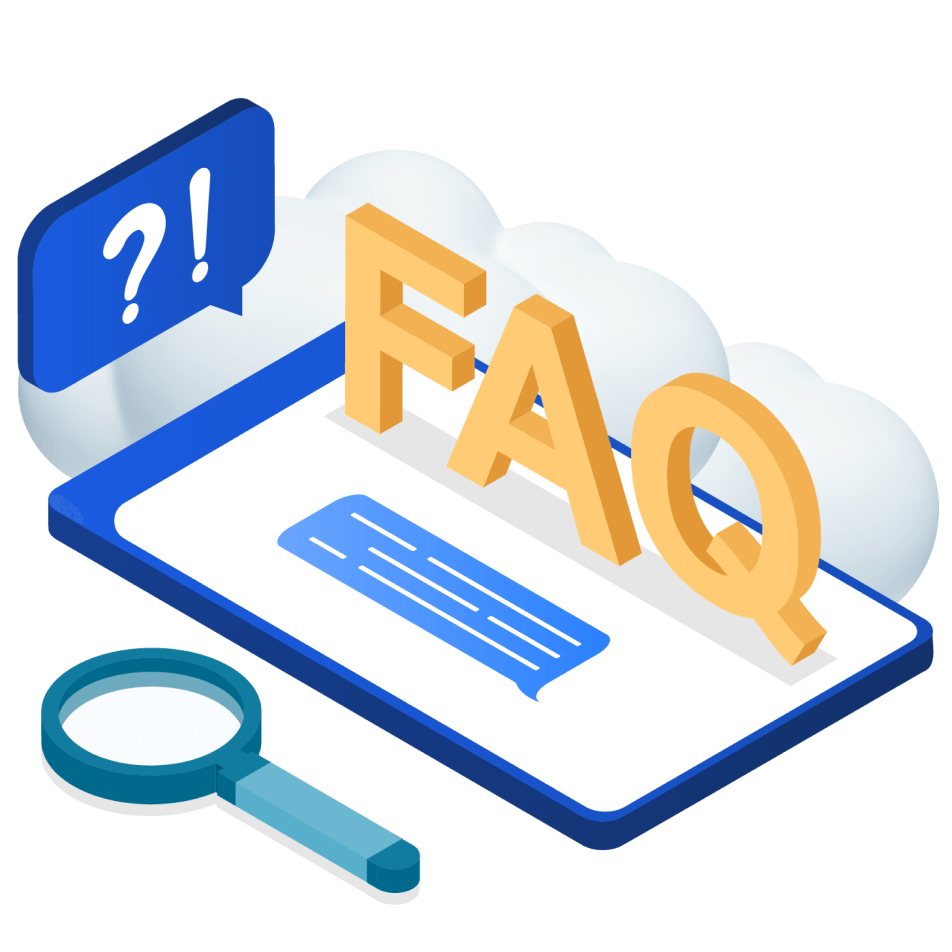- BI Services
- Data Visualization
We Translate Data into Actionable Intelligence
- We helped organizations through our BI solution to provide more insights of their RAW data. It helped organization to take business decision based on their Key performance Indicators. For 5 years, we have been helping top-level organizations with end-to-end Business Intelligence services (BI).
- Our team works on optimizing our client’s capabilities to leverage different types and forms of data sources and, make better and more informed choices. We aim to fulfill our client’s requirements and assess their goals and challenges, with necessary solutions, by involving data analytics, data mining, dashboarding, and advanced analytics.
- We, as Business Intelligence service providers, work only with proven open technologies and help organizations reduce time and costs. Every business generates a lot of data when tools are used to extract necessary data requirements.
- This data, if harnessed properly can give quality insights on business processes and will yield inputs for long term business decisions. Business Intelligence Solutions Our latest business intelligence and data visualization solutions enable organizations to extract meaningful insights from both raw and processed data.
- We, at BIITS, understand the core necessity and importance of Business Intelligence. Our approach towards intelligentce solutions, analytical solutions, and integrating IT enables businesses to optimize and obtain effective decisions by accelerating better outcomes.

Benefits of choosing BIITS for your data Visualization services
Enabling quick decisions and making necessary changes with real-time metrics.
Lining up data with business processes.
Facilitating easy reporting with tailored dashboards, reports & alerts.
Getting a holistic sight of cross-departmental processes.

Meeting desired business goals with better budgeting and forecasting.
Accessing, understanding, and acting on data through cross-platform (mobile, web, and cloud).
Getting other trends from across multiple businesses and business channels.
Frequently Asked Questions
Does Data Visualization help me to analyze my data and find more discernment into it?
How does data visualization help an organization track its different department’s productivity?
The first thing to consider is that the word “data lake” will not usually be used to characterize a specific product or service, but rather an approach to the design of big data that can be summarized as store now, analyze later. In other words, we would use a data lake to store unstructured or semi-structured data in its original form, in a single repository that serves multiple analytical use cases or services, unlike the traditional data warehouse approach, which involves imposing a structured, tabular format on the data when it is ingested.
How does data visualization allow an organization to adapt rapidly to rapidly changing circumstances?
The first thing to consider is that the word “data lake” will not usually be used to characterize a specific product or service, but rather an approach to the design of big data that can be summarized as store now, analyze later. In other words, we would use a data lake to store unstructured or semi-structured data in its original form, in a single repository that serves multiple analytical use cases or services, unlike the traditional data warehouse approach, which involves imposing a structured, tabular format on the data when it is ingested.
Do I need a separate BI system or is it part of current applications for businesses?
The first thing to consider is that the word “data lake” will not usually be used to characterize a specific product or service, but rather an approach to the design of big data that can be summarized as store now, analyze later. In other words, we would use a data lake to store unstructured or semi-structured data in its original form, in a single repository that serves multiple analytical use cases or services, unlike the traditional data warehouse approach, which involves imposing a structured, tabular format on the data when it is ingested.
How can I figure out the need for a Business Intelligence application?
The first thing to consider is that the word “data lake” will not usually be used to characterize a specific product or service, but rather an approach to the design of big data that can be summarized as store now, analyze later. In other words, we would use a data lake to store unstructured or semi-structured data in its original form, in a single repository that serves multiple analytical use cases or services, unlike the traditional data warehouse approach, which involves imposing a structured, tabular format on the data when it is ingested.

Not sure how to use your company's data to your advantage?
Let us help you make the most of your data. Contact us today.
